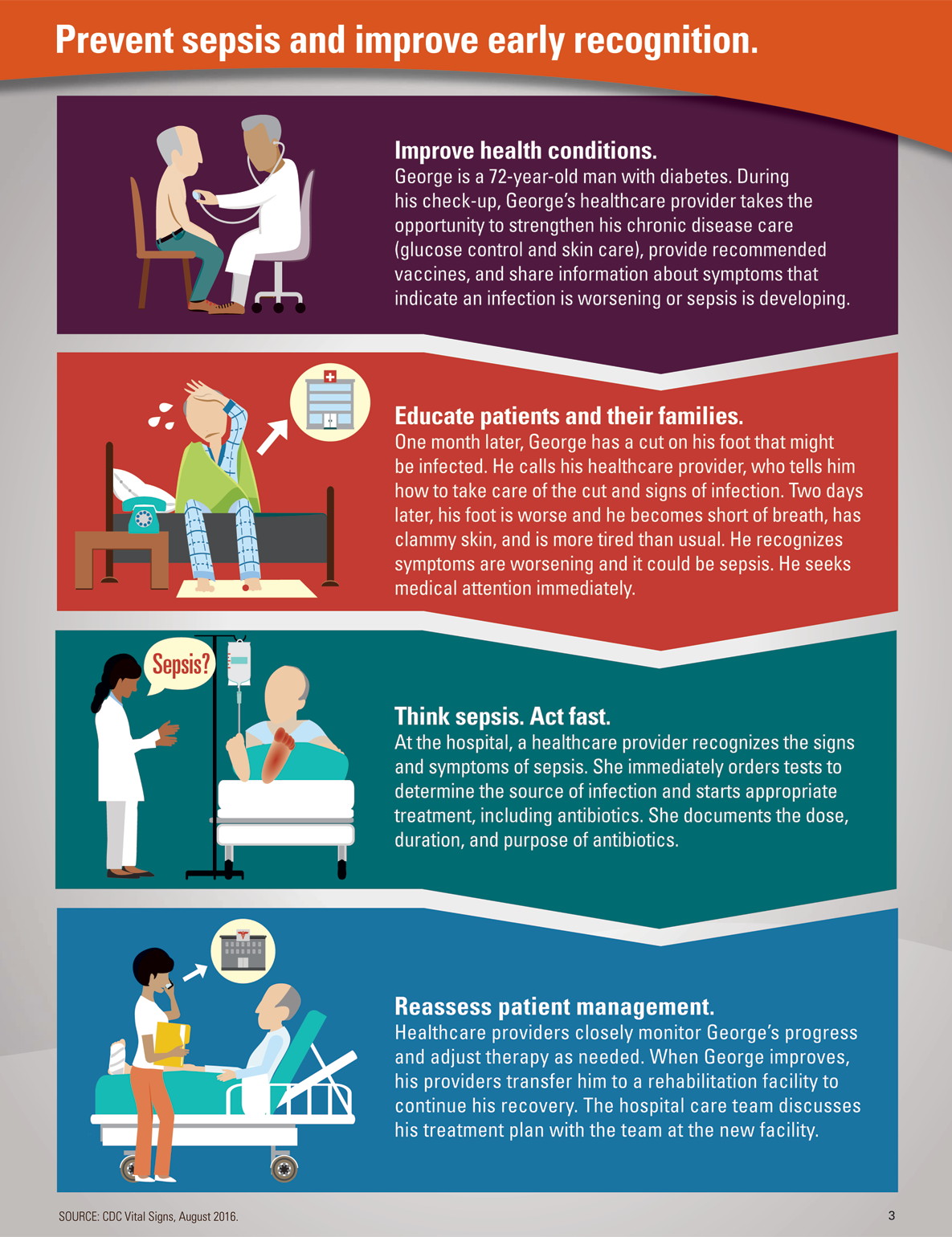- Published on
Legislation Targeting Sepsis
- Authors
- Name
- Wayne Shih
- Role
- Content Writer
- Name
- Jake Konigsberg
- Role
- Founder
Sepsis is an incredibly serious disease and should be treated with the utmost care. In the past, however, there have been many cases of sepsis where the symptoms were obvious but doctors failed to properly diagnose it. As a result, legislation has been created and passed to ensure greater support for the treatment and care of individuals with sepsis.
Gabby’s Law requires Illinois hospitals to better treat patients with sepsis and septic shock. The law is named "Gabby's Law" as it was in honor of 5-year-old Gabby Galbo, who passed away in 2012 due to untreated sepsis. This law formally requires hospitals to:
- Implement an evidence-based process to quickly recognize people with sepsis
- Collect sepsis data to improve the quality of care and provide it to state departments such as the Centers for Medicare & Medicaid Services
Rory's Regulations This regulation was a response to the mistreatment of 12-year-old Rory Staunton who passed away due to sepsis. Although Rory Staunton displayed clear symptoms of sepsis and even septic shock, no prompt action was taken. Therefore, the Rory Staunton foundation led efforts to make New York State the first state to establish a statewide mandate for all hospitals to adopt sepsis protocols. These protocols included:
Screening and early recognition of patients with Sepsis
Guidelines of treatments including early delivery of antibiotics
Suitable training/resources for healthcare providers to recognize sepsis in adults and children
Think Katie First An initiative stemming from Wisconsin in honor of healthcare worker Katie Ceschen McQuestion who lost her life to sepsis at the age of 26. Although she faced many signs of sepsis, she was misdiagnosed multiple times, preventing her from being treated appropriately. Her inadequate treatment was due to a lack of knowledge about the signs and symptoms of sepsis. Therefore, this initiative aims to require all U.S. hospitals to adopt a Sepsis Protocol to help recognize symptoms sooner, saving lives. Additionally, this initiative strives to share sepsis prevention and early recognition best practices.
